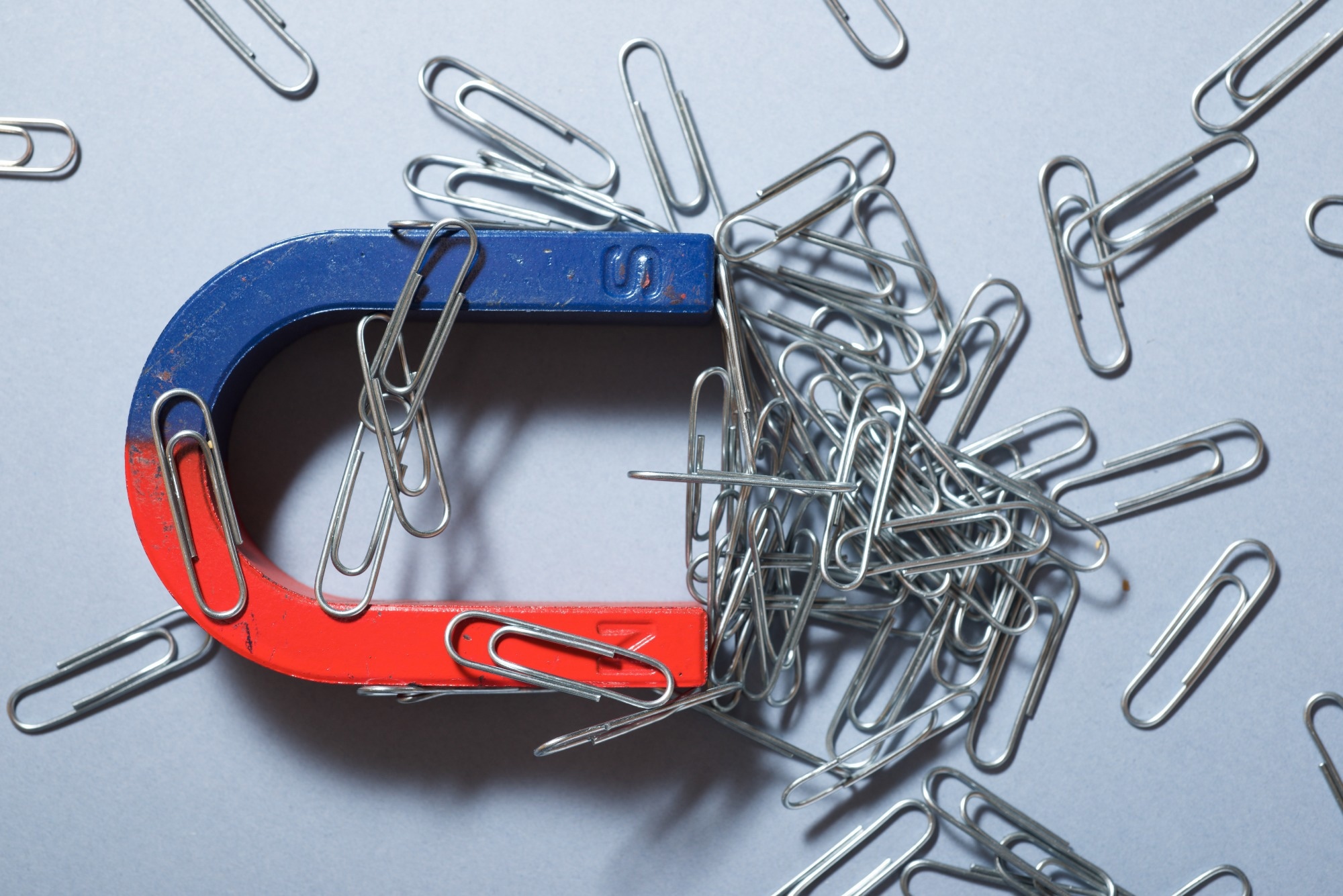Researchers at Rice University have created a rapid, single-step technique for extracting rare earth elements (REEs) from used magnets.
 Image Credit: WINDCOLORS/Shutterstock.com
Image Credit: WINDCOLORS/Shutterstock.com
Their innovative method presents considerable environmental and economic advantages compared to conventional recycling processes. The study was published in the Proceedings of the National Academy of Sciences.
We’ve demonstrated that we can recover rare earth elements from electronic waste in seconds with minimal environmental footprint. It’s the kind of leap forward we need to secure a resilient and circular supply chain.
James Tour, T.T. and W.F. Chao Professor, Chemistry, Rice University
Traditionally, recycling rare earth elements is an energy-intensive process that generates unwanted hazardous waste. The technique developed by the research team employs flash Joule heating (FJH), which swiftly elevates material temperatures to thousands of degrees in mere milliseconds in chlorine gas to extract rare earth elements from magnet waste. It removes the requirement for water or acid, and is part of a U.S. initiative to enhance domestic mineral resources.
The process uses thermodynamic selectivity, applying flash Joule heating and exploiting the differences in Gibbs free energy and boiling points. Non-rare earth elements (REE) such as iron and cobalt were converted into volatile chlorides and vaporized, leaving behind rare earth oxides in their solid form.
The research team conducted experiments on neodymium iron boron and samarium cobalt magnet waste using the ultrafast FJH method in a chlorine environment. By meticulously regulating the temperatures and heating the materials within seconds, the non-REE elements were transformed, making them easily separable from the solid REEs.
The thermodynamic advantage made the process both efficient and clean. This method not only works in tiny fractions of the time compared to traditional routes, but it also avoids any use of water or acid, something that wasn’t thought possible until now.
Shichen Xu, Study First Author and Postdoctoral Associate, Rice University
Alongside laboratory experiments, the researchers performed an extensive life cycle assessment (LCA) and a techno-economic analysis (TEA) to evaluate the process. The team attained more than 90 % purity and yield for rare earth element (REE) recovery in a single step. The findings from the LCA and TEA indicated an 87 % reduction in energy consumption, an 84 % decrease in greenhouse gas emissions, and a 54 % reduction in operating expenses compared to hydrometallurgy.
The innovative approach enables the construction of compact or extensive, user-friendly recycling units that can be situated near electronic waste collection points. These localized systems are capable of efficiently and cleanly processing discarded magnets, thereby reducing transportation expenses and contributing positively to environmental sustainability.
The results show that this is more than an academic exercise; it’s a viable industrial pathway.
James Tour, T.T. and W.F. Chao Professor, Chemistry, Rice University
Journal Reference:
Xu, S., et al. (2025). Sustainable separation of rare earth elements from wastes. Proceedings of the National Academy of Sciences. doi.org/10.1073/pnas.2507819122